Fast Company Article Suggests Passive House Design as Way to Stay Cool with Increasingly Extreme Heat

Fast Company magazine’s July 8, 2021 article “How an ancient design technique could help us survive extreme heat, no AC needed” says that Passive House design is one way to help homeowners and others stay cool in areas experiencing increasingly extreme heatwaves caused by climate change.
The author discusses that extreme heat events like happened in the northwest US, where the temperature reached 115 degrees in Portland, Oregon, are most likely to increase in frequency. However, not mentioned in the article was it reached 121 degrees in the southwestern Canadian town of Lytton, British Columbia.
The article explains how past and current conventional building approaches that worked well before are not up to the task of keeping homeowners cool in the scorching weather we see more and more often.
The author states that:
“Architects around the world are designing solutions to increasing temperatures and more frequent heat waves. New materials, advanced heat modeling techniques, and some longstanding design principles are showing that even when temperatures hit unexpected peaks, our homes and buildings will be able to stay cool without consuming huge amounts of energy.”
The author points out that approaches like Passive House design, among other green building approaches, are more important than ever to keep homes and other buildings livable and sustainable in extreme heat or cold without using enormous amounts of energy.
Some Passive House design principles are also explained. Some of the design practices discussed include:
- Certain Passive House insulation approaches
- Making sure the building envelope is airtight
- Using triple pane windows
- Roof overhangs and other shading techniques
- Passive airflow
- Highly efficient heat pumps, and more.
The importance of designing and building sustainability resiliency into homes and other types of buildings is stressed. The article explains the most cost-effective time to incorporate these approaches is when a building is designed and built rather than as an afterthought. A former president of the organization Passive House Northwest is quoted as saying:
“The pitch is that you’ve got one chance to invest in your building envelope—the windows, roof, and walls,” “Do it right so that something you build now is going to be resilient into the future.”
BPC couldn’t agree more.

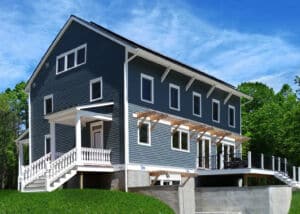
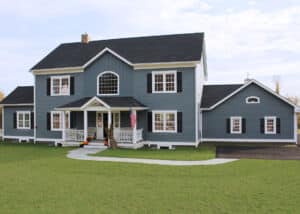

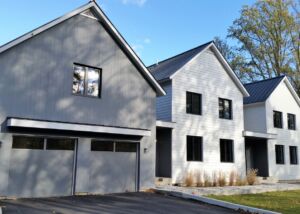
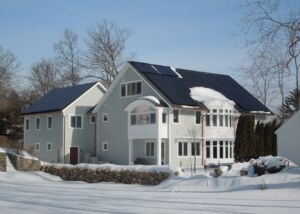
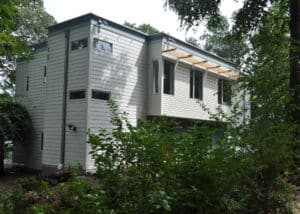
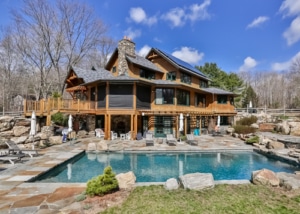
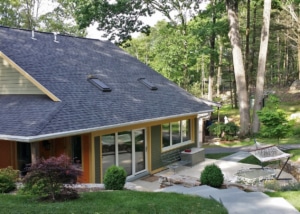
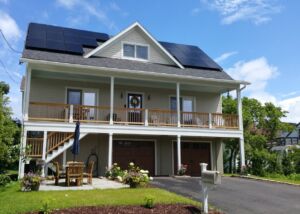

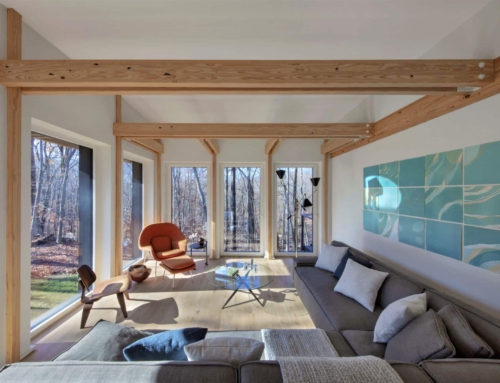
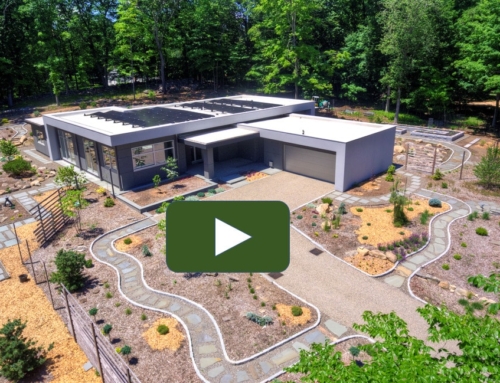

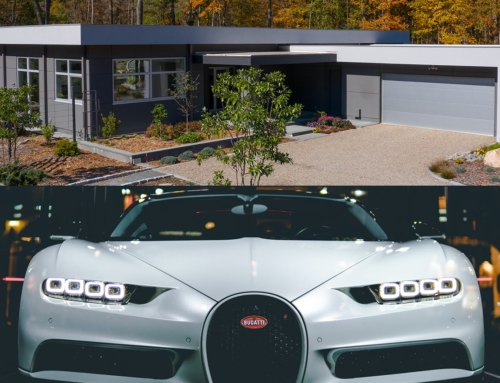
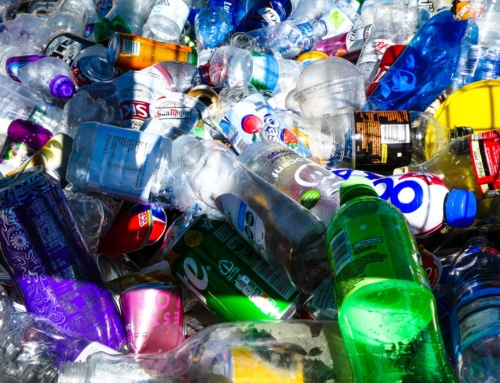
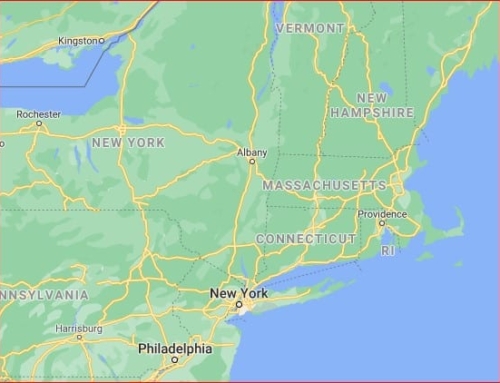
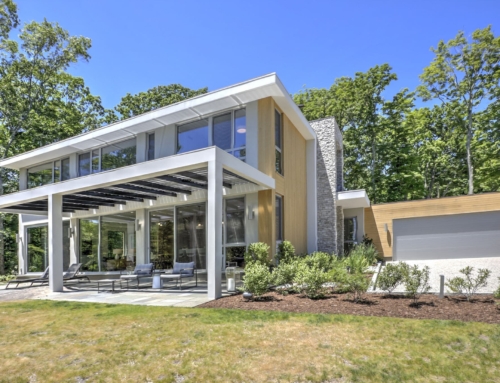
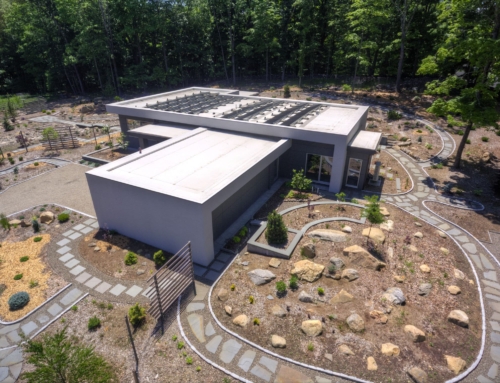
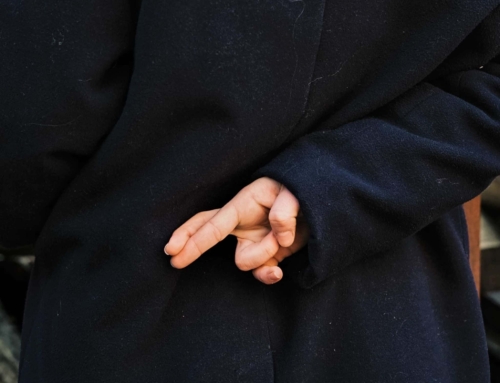
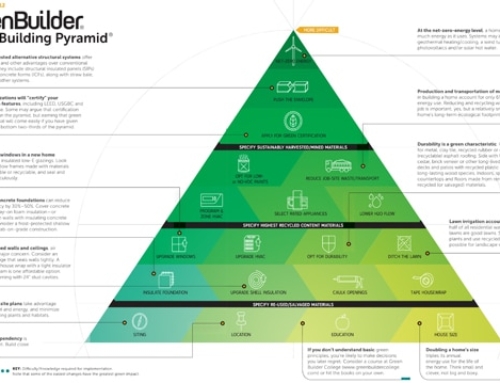
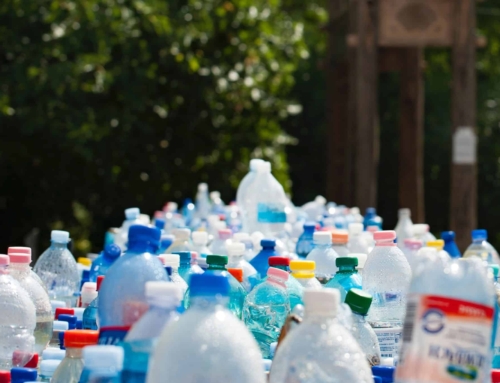
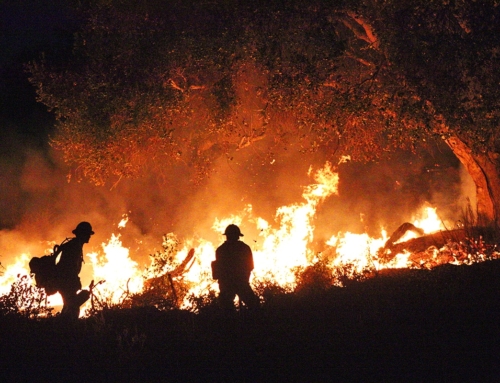
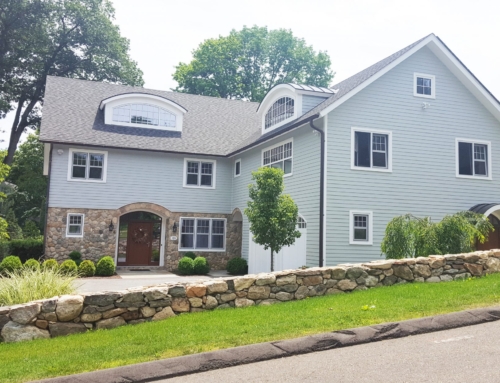

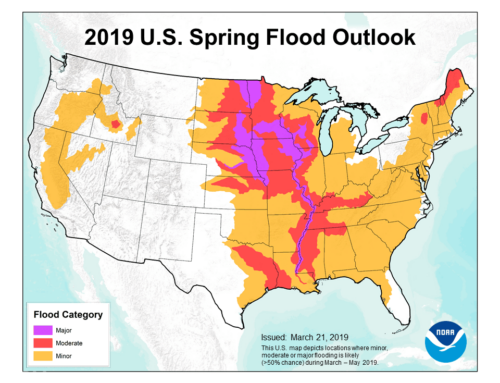
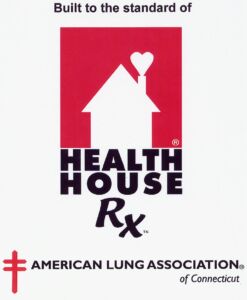
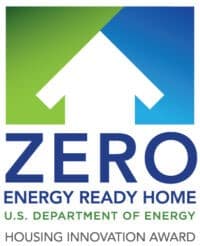

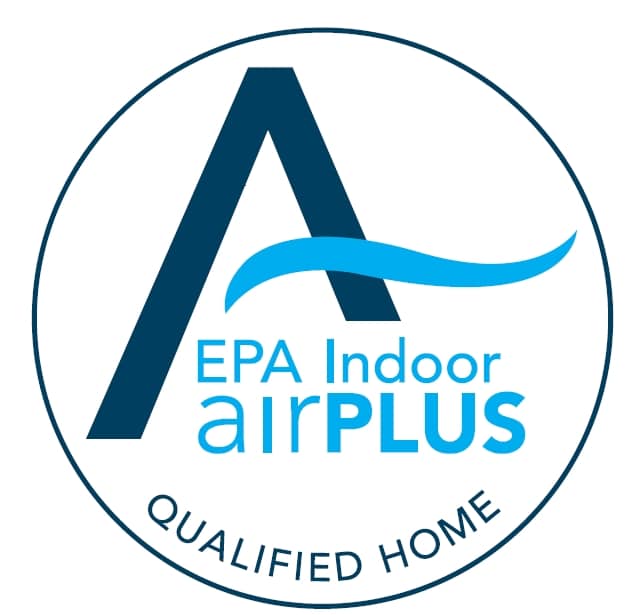
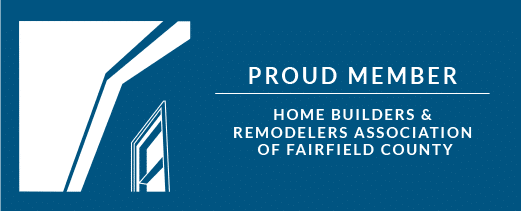
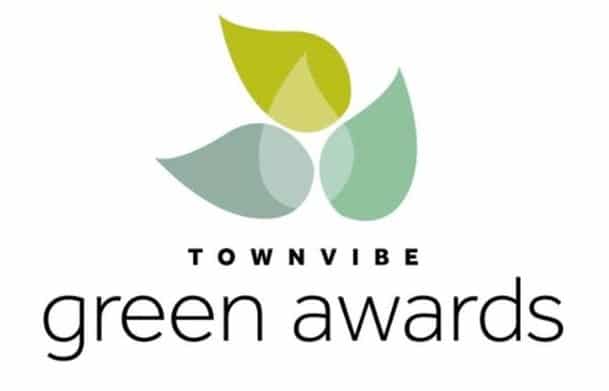
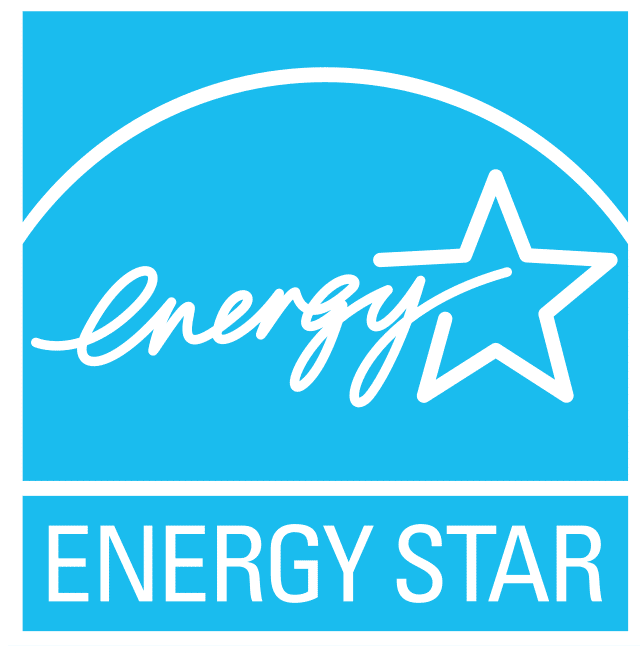
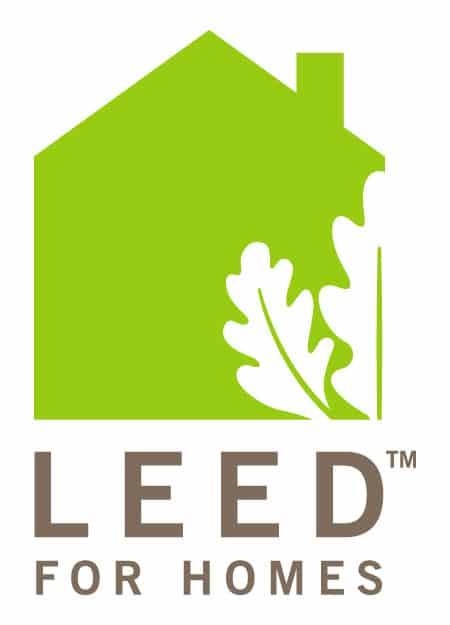





Get Social